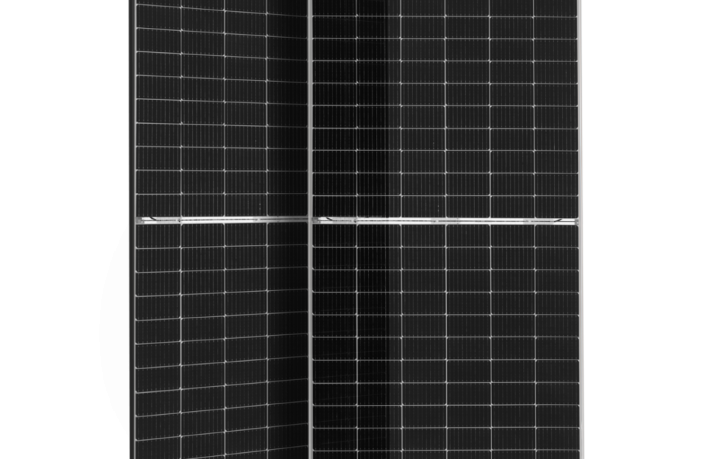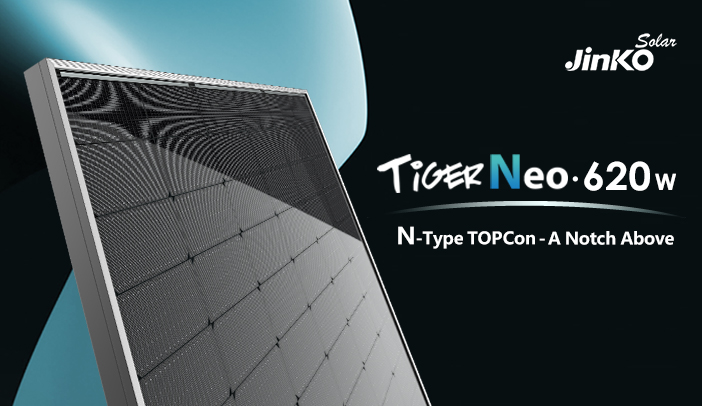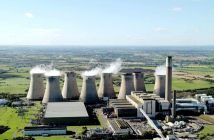- Every sign indicates that solar PV markets will grow even stronger in 2022 again.
- More and more solar cell manufacturers focus on high-efficiency solar cells.
- The industry is moving towards N-type technology and cell efficiency has been improving progressively.
To reach further high performance, the n-type TOPCon was discussed as the next candidate for mass production high-efficiency solar cells beyond PERC. Additionally, TOPCon provides extra advantages: it offers a well-suited application to achieve cell efficiencies above 25%. TOPCon solar cells have 85% module bifaciality and a low-temperature coefficient (-0.3%/K), which provides additional benefit to the LCOE and output power for PV systems, none or almost none LID and LeTID, etc.
Second to energy density, chief among the concerns in favor of n-type TOPCon than PERC is Light-Induced Degradation (LID), which occurs in all p-type silicon solar cells. LID occurs when boron from the positive silicon layer and oxygen mix, and usually results in a small, immediate reduction in power generation capability. This problem can be worse in PERC cells, which usually have extra boron. Another type of problem that can occur in all PERC cells is LeTID which is exacerbated by higher operating temperatures and higher light intensity. Extreme cases can cause upwards of 7% power degradation, a significant drop in long-term power capacity, leaving customers unable to generate the energy expected. With such a dramatic change, the Levelized cost of energy (LCOE) would be severely impacted if a site were to suffer from such a drop.
As a result, N-type TOPCon’s feature of not being susceptible to LID and LeTID is so attractive to investors and so crucial to ensure long-term power for lasting performance. N-type TOPCon is the industrialized solution to combat the issue of LID and LeTID. As Jinkosolar has shown, the Tiger Neo module equipped with N-Type TOPCon technology can significantly reduce the risk of LeTID close to zero. Given the range of temperatures seen across the world and the different operating conditions and irradiation that panels see, the none occurrence of LID and LeTID is of tremendous value to investors.
In 2019, Jinkosolar was the first to bring n-type TOPCon to the production line. Now with well over two years of experience in the development, testing, and mass production of TOPCon cells. In fact, Jinkosolar has over 1 GW of N-type TOPCon panels installed worldwide in different and demanding climates. To date, at the system level, the degradation seen in real-life N-type installations in different climatic sites has been in line with expectations guaranteed by the manufacturer.
Author: Bryan Groenendaal













